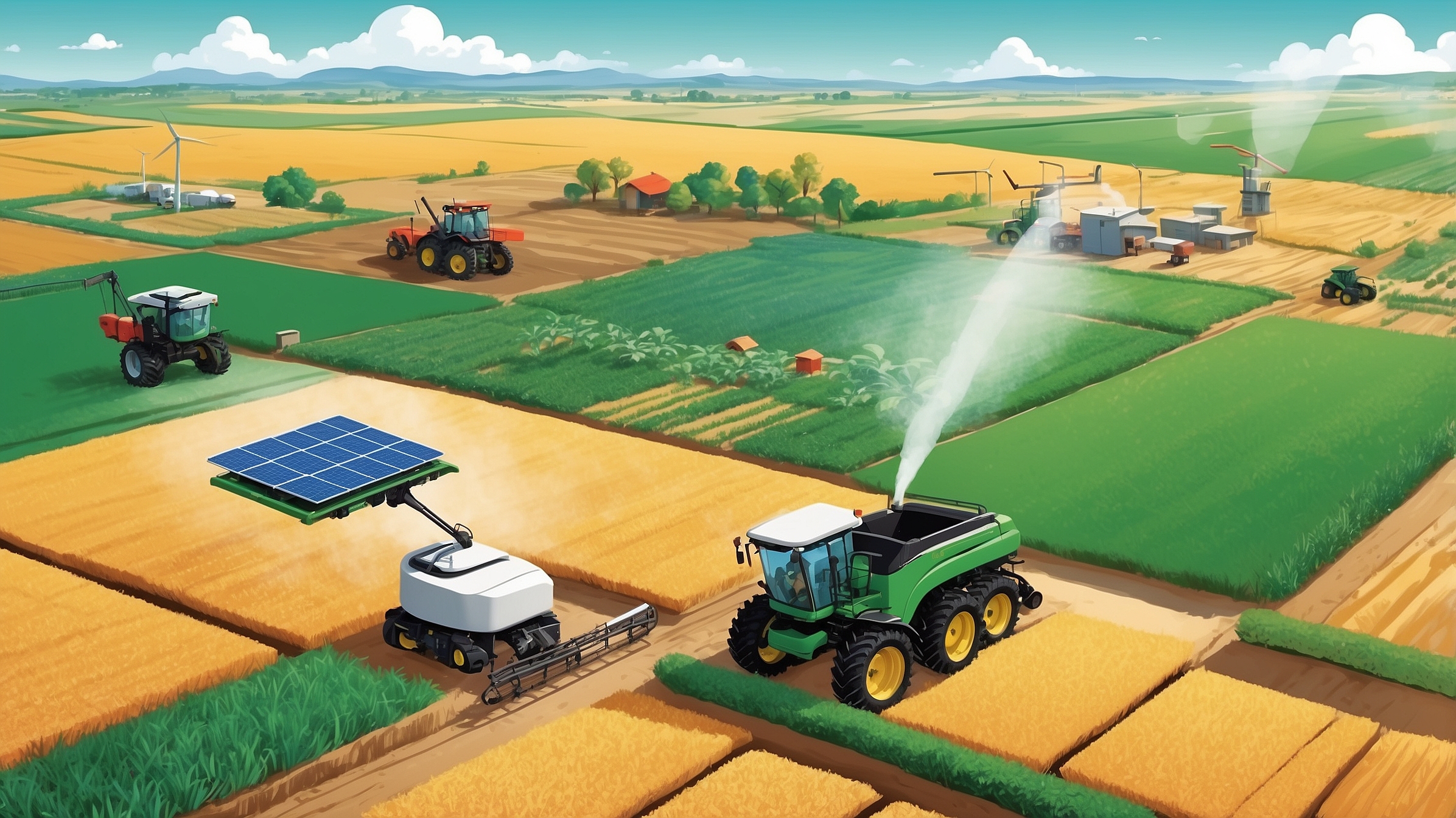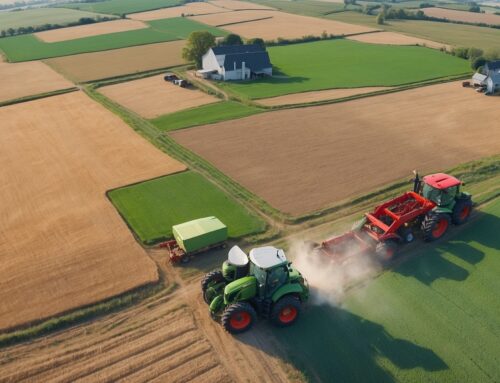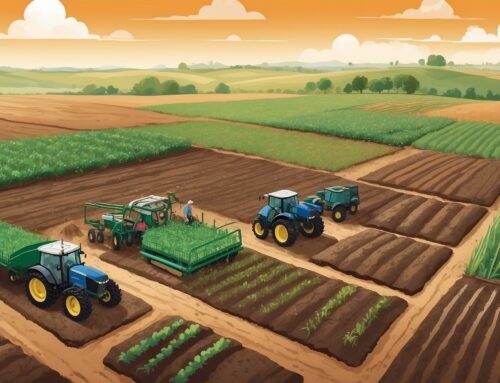Howdy, fellow farmers! You ever catch yourself wishing you could just have a chat with your soil? Maybe ask it, “Hey, dirt, how you feeling today? Too dry? A bit too soggy? Should I pull out the sprinkler or give you a break?” Well, good news! Thanks to the wonders of technology, we might not be too far off from that kind of conversation—and no, I don’t mean talking to your soil while you’re sleep-deprived and covered in dirt (we’ve all been there). I’m talking about IoT, or the Internet of Things, and how it’s bringing some sci-fi-level stuff into our everyday farming lives.
Now, if you’re not familiar with IoT, you’re not alone. It sounds like a fancy gadget you’d find in your teenager’s room between the headphones and an old game console. But IoT is actually what’s turning farming into something that even our grandkids are going to look at and say, “Whoa, Grandpa, you’re living in the future!” So, let’s roll up our sleeves (because they’re already rolled up, right?) and get into how IoT is transforming precision agriculture.
The Internet of…Tractors?
Alright, so IoT stands for Internet of Things, and it’s a fancy way of saying everything’s talking to everything else without us having to be involved. Imagine if your tractor, your soil moisture sensors, your irrigation system, and even your weather station all had a group chat—except no one’s ignoring messages, and nobody’s sending “Good morning” texts every day. They’re sharing useful information, like “Hey, it’s looking a bit dry out here in the west field,” and, “Got it, I’ll get some water on that for ya!” Sounds like magic, but it’s real, and it’s already happening.
You know how it goes—sometimes you water that field just right, sometimes you water like you’re trying to turn the field into a duck pond. IoT devices help you get it just right, every time. Moisture sensors poke into the soil and report back like secret agents, telling you exactly what’s going on underground. They connect to your irrigation system, which then decides if it’s time to sprinkle or hold off. You can even control it all from your phone while sitting on the porch drinking coffee—or chasing a stray chicken. IoT is essentially like having an extra pair of hands, only this pair is way better at interpreting data than we’ll ever be.
Data, Data Everywhere (Even in the Dirt!)
Now, I know what you’re thinking: “Great, more data. Just what I need—another spreadsheet!” But hear me out—data is actually our friend here. Instead of writing notes on the back of a seed bag, or just going with our gut (which, let’s face it, works most of the time but isn’t foolproof), IoT lets us get data that’s solid—pun intended. These devices measure soil moisture, temperature, nutrient levels, humidity, and light. Heck, they’ll even tell you what direction the wind is blowing so you don’t end up spraying your neighbor’s crops instead of your own.
Picture this: it’s August, and you’re watching your corn like a hawk, hoping for that rainstorm that never seems to come until after the fact. IoT sensors are out there gathering data from the ground and predicting exactly when you should water and how much. It’s like turning your field into a giant interactive weather station. Instead of relying on the old “sky looks angry today” method, you get real insight that helps you keep those plants happy without wasting a drop.
Getting the Herd Onboard
The best part? You don’t have to be a tech wizard to figure all this out. It’s all being designed so even us “old-school” types who are used to baling hay and fixing a flat tire in the field can use it. You’ve already dealt with complicated things—like getting an ornery cow back in the barn, or setting up irrigation just right so you don’t accidentally flood the neighbor’s garden again. Compared to that, tapping a few buttons on your phone to optimize watering is a breeze.
Plus, IoT isn’t just about helping us farmers work less—though, honestly, wouldn’t that be nice? It’s about working smarter. With the cost of everything from fertilizer to diesel going up, being efficient is the difference between a good year and a year that makes you question why you ever started farming in the first place (until next spring when you remember how much you love it). The data that IoT provides can help us do things like apply water precisely where it’s needed and nowhere else, save on input costs, and improve yields—so we can all keep growing those bumper crops and maybe, just maybe, have a bit of time left for a cold drink at the end of the day.
IoT: The Future We Need
At the end of the day, IoT is taking farming into the future, whether we’re ready for it or not. It’s giving us real-time insights and helping us make the kinds of decisions that make our fields thrive. It’s a bit like upgrading from an old pickup truck that only starts on a good day to a reliable one that’ll start every time—rain, snow, or sunshine.
So, if you ever find yourself staring at your field and wondering, “Wouldn’t it be nice if I just knew what that corn was feeling?” well, IoT’s got you covered. Here’s to the future of farming—and to having a little less guessing and a little more knowing. After all, farming’s all about rolling with the punches, and if there’s a way to dodge a few hits with the help of some fancy sensors, well, I’m all for it. Cheers, and happy growing!





